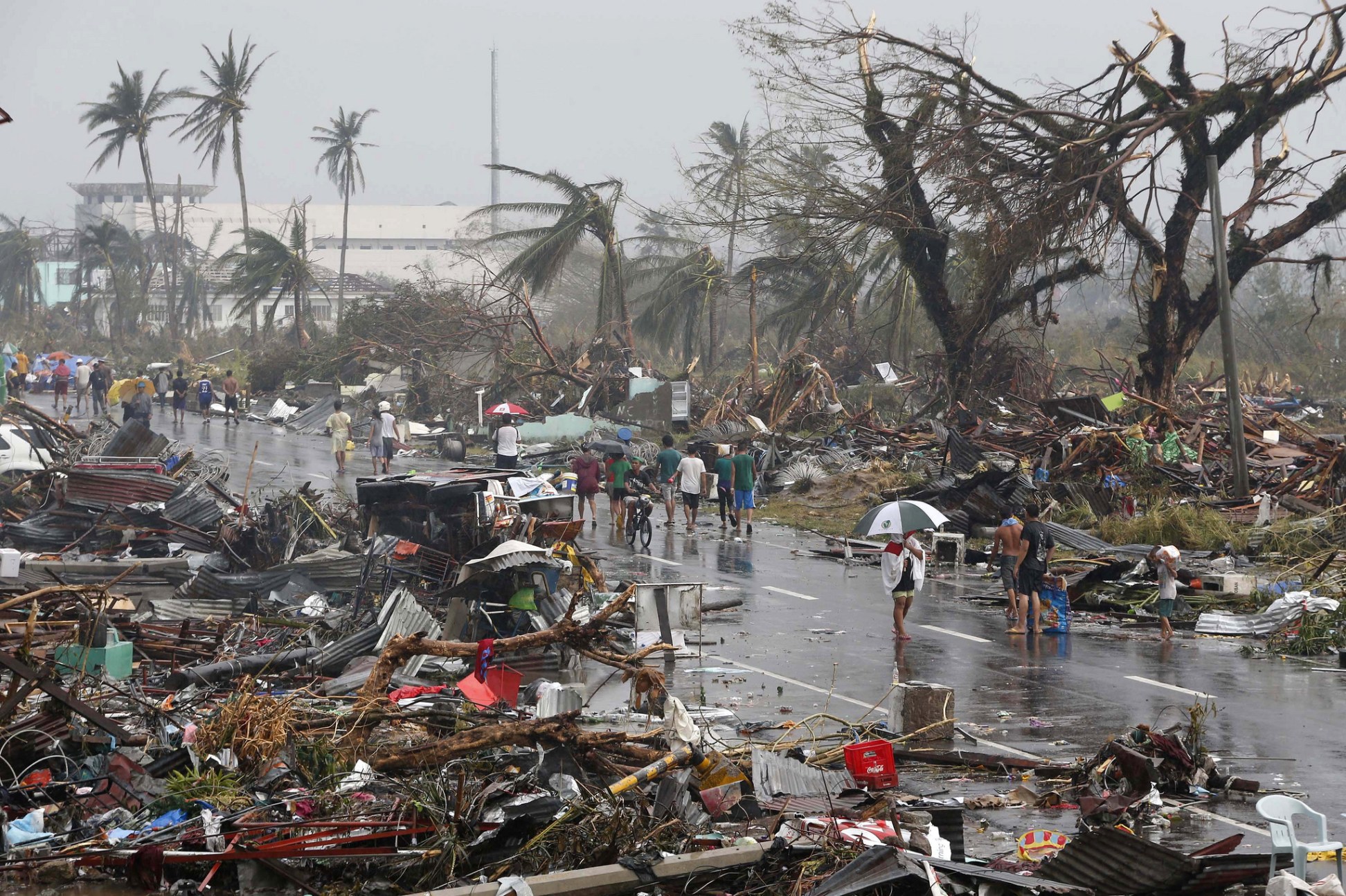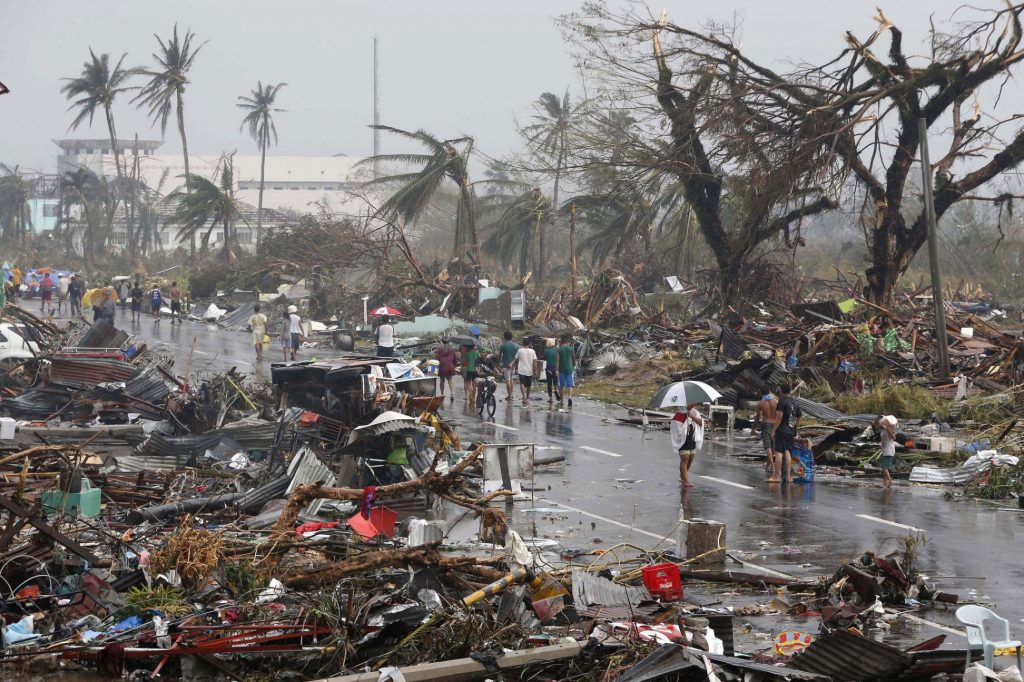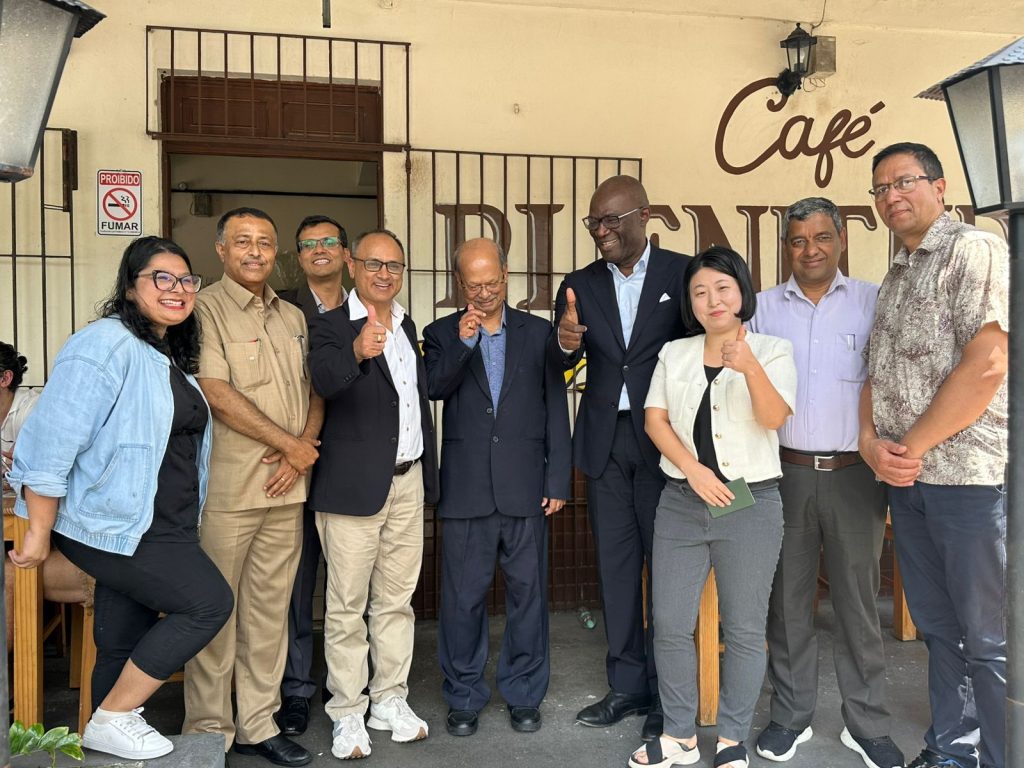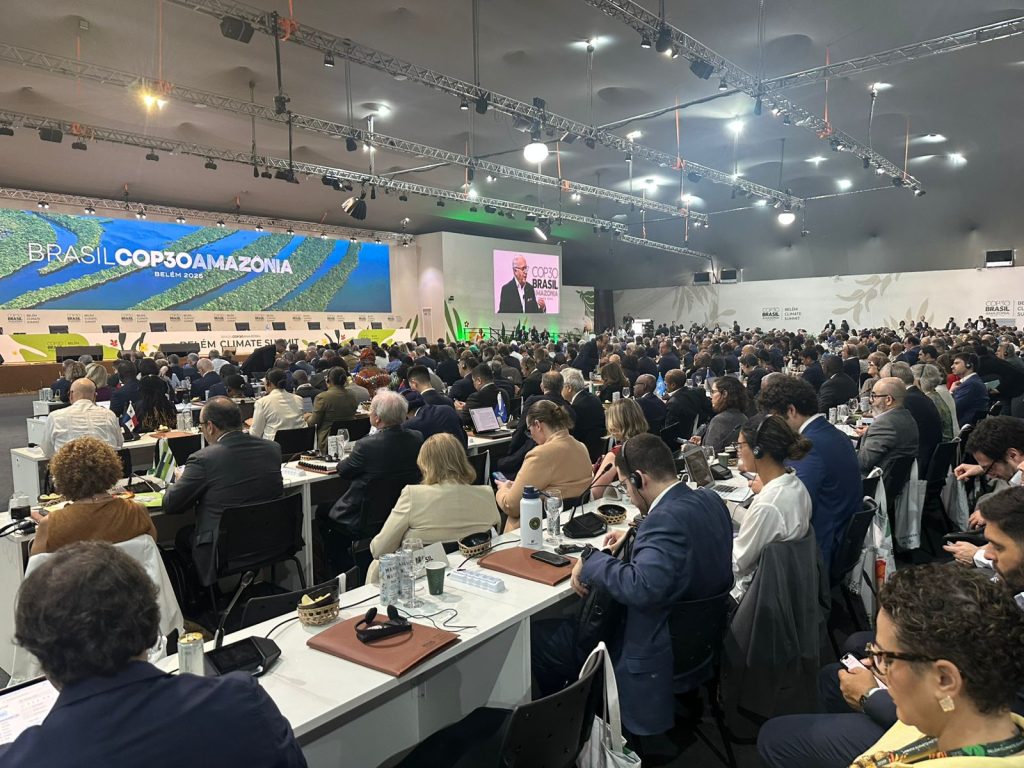Finance for ‘Loss and Damage’ in doubt
- Zulker Naeen


The latest round of UN climate talks has ended up without a clear direction on how climate adaptation measures will be funded in vulnerable countries, putting the discussion on hold until next year’s climate summit.
The parties attending the COP23 in Germany expressed the need for another year to finalize the guidelines for implementing the 2015 Paris Agreement by 2020. This followed a rejection by the developed countries of a demand for finance to cover climate change-induced Loss and Damage in vulnerable developing countries.
However, the UNFCCC finally integrated ‘Loss and Damage’ in its current agenda, considered as a third plank in the worldwide effort to combat climate change, along with mitigation and adaptation. The emergence of ‘Loss and Damage’ is caused by the realization that existing mitigation commitments and actions won’t prevent dangerous climate change-related impacts.
Until now, the work stream to create the Paris rulebook doesn’t include loss and damage as an agenda point, meaning loss and damage have not been given a major space in the political UNFCCC process.
Vulnerable countries also expressed their dissatisfaction with the slow pace of progress at this year’s COP. However, in the absence of a clear direction on Loss and Damage finance, global civil society organizations have called for a climate damage tax to help out the poor and vulnerable people.
About 44% of the small island developing states and 34% of the least developed countries refer to loss and damage in their Nationally Determined Contributions made under the Paris Agreement.
“Developed countries can’t keep putting off the issue. It must feature in the global stock take of steps being taken by governments around the world to combat climate change.” Sandeep Chamling Rai, senior adviser for global adaptation policy, WWF International.
At the COP23, another major global initiative launched to provide insurance to 400 million poor and vulnerable people around the world by 2020. The project, called the InsuResilience Global Partnership, aims to provide insurance against the damage increasingly being caused by global warming.
Patricia Espinosa, the United Nations’ top climate change official, praised the InsuResilience plan, calling it “one shining example of what can be delivered.” However, international NGO ActionAid said that insurance is not a safety net for all.
“Insurance might turn out to be a piece of the puzzle, but we can’t pretend that it’s a safety net for everyone,” said Harjeet Singh, global lead on climate change for ActionAid International. “Insurance does sometimes help people who are impacted by floods or cyclones, but it won’t be an option for those facing certain losses.”
It is unclear how insurance premiums would be set, and whether there would be guarantees in place to assure policies could not be canceled. As with many other parts of the climate negotiation process, the key challenge is figuring out who will bear the costs of insurance premiums for the various global initiatives?
In contrast, developed countries aren’t allowing UN climate talks to make any progress on the issue of climate finance. However, it is hard to say that the insurance initiatives for vulnerable to climate change impacts are on the right pathway; yet to identify the requirements to do to account for the loss and damage.
There is no estimate of how much money is needed by countries suffering climate change-induced loss and damage now and in the future. Under the Paris Agreement, the Green Climate Fund is supposed to ramp up to $100 billion by 2020. But as of mid-2017, the fund had raised an anemic total of $10.3 billion, while the bulk of the money countries have pledged so far has yet to be paid.
During the negotiations, developed countries like the US, Australia and Canada, as well as the EU, delayed the inclusion of finance in the commitments on loss and damage.
Tracy Carty, Oxfam’s head of delegation at COP 23 stated, “There was a disconnect between the conditions of the poorest nations trying to survive disasters worsened by climate change and the financial support that developed countries are willing to offer.”
Despite what environmental groups called a weak outcome on loss and damage finance, climate groups said that the COP 23 still set the momentum towards the realization of the Paris Agreement.
However, COP23 set the momentum to ramp up ambition through the Talanoa dialogue but the best results can be only achieved if deep and meaningful emission reductions take place before 2020, especially by the major industrialized countries.
The conference resulted in the Talanoa Dialogue, a mechanism wherein countries will take stock on their efforts to curb emissions and assess progress against the Paris Agreement targets throughout 2018.
(Naeen is a Freelance Journalist at Climate Tracker. He is also a communication graduate of University of Liberal Arts Bangladesh (ULAB).)




Feedback